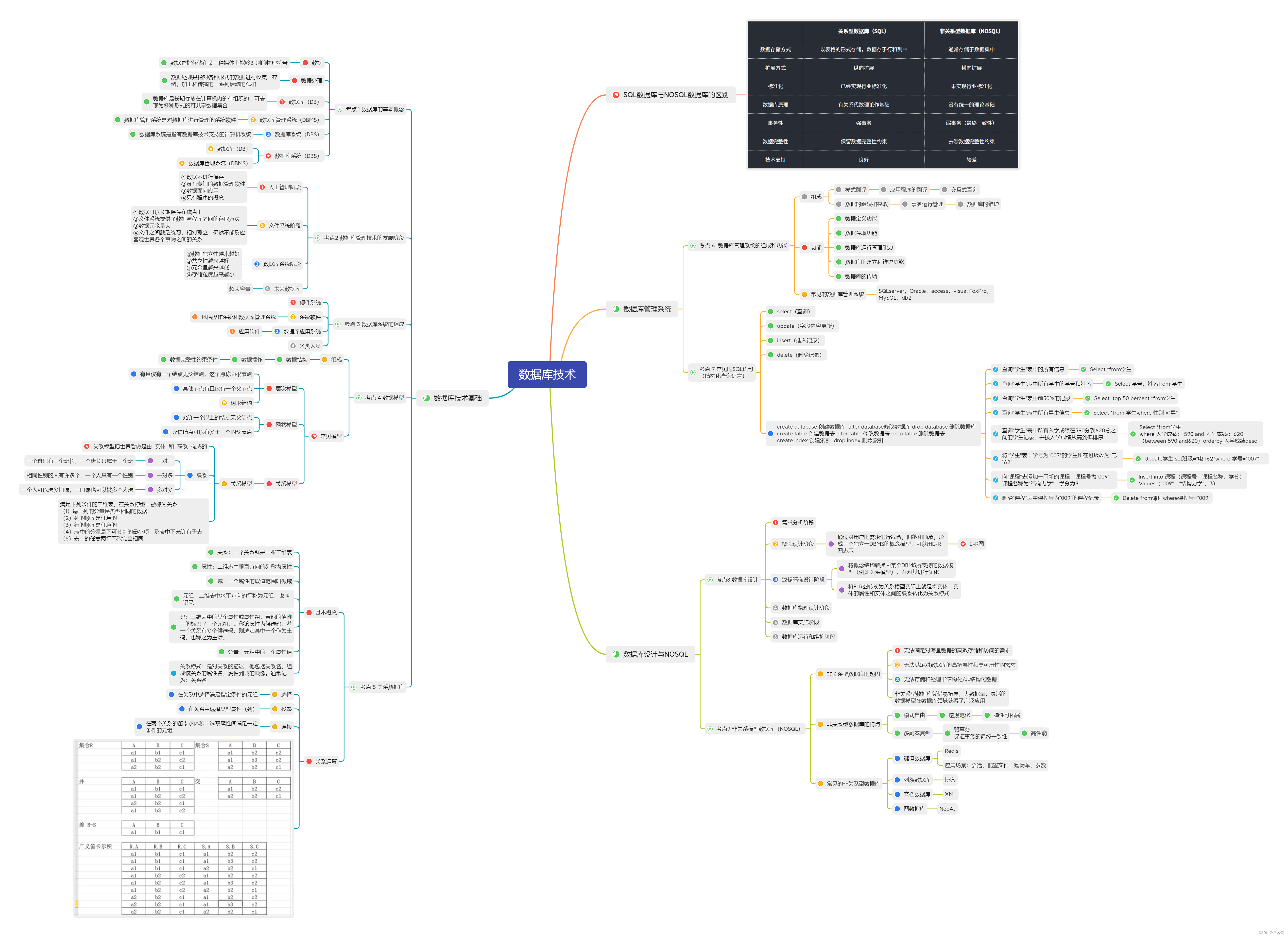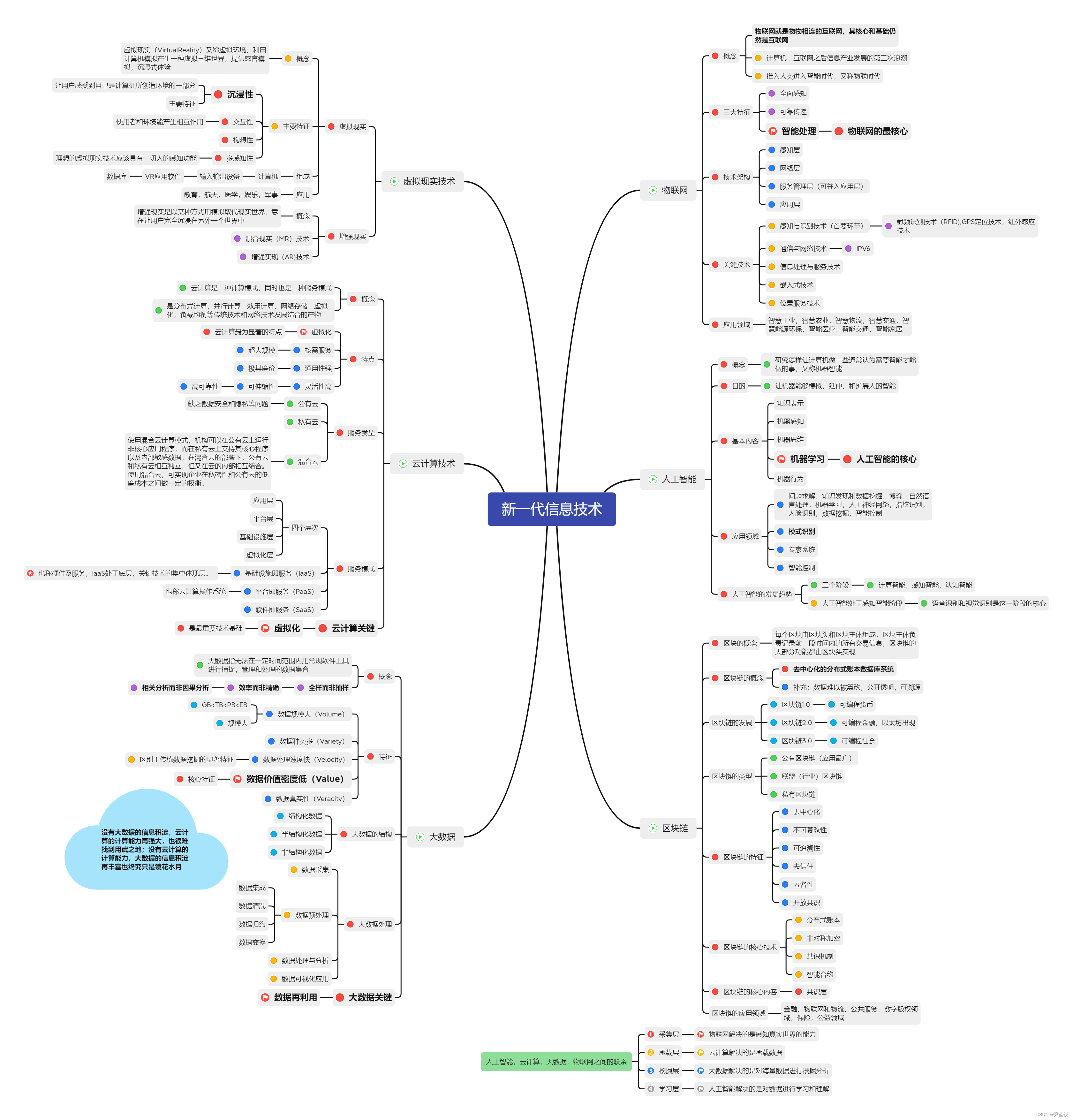简介:
在学习C语言的过程中,通过解决填空题可以帮助巩固基础知识、强化编程技能。本文将提供40道精选的C语言填空题,涵盖了基本概念、语法、控制结构以及常见操作。这些题目适用于初学者和希望进一步加强C语言能力的开发者。
内容大纲:
-
引言
- C语言的重要性和应用领域
- 解决填空题的益处
-
题目示例及解析
- 分别展示40道C语言填空题,包括代码和空白处
- 提供每道题目的详细解答和解析
- 强调每题的重点和知识点
-
学习收获
- 总结填空题的涵盖范围:基本算术运算、条件语句、循环结构、函数调用等
- 解答题目后的反思:哪些知识点已掌握、哪些需要进一步学习
-
提升编程能力
- 探讨填空题在编程技能提升中的作用
- 引导读者尝试编写类似的题目,巩固所学知识
-
结语
- 总结填空题对C语言学习的帮助
- 鼓励读者坚持练习和学习
结尾:
通过挑战这40道C语言填空题,你将不仅仅掌握语法和基本概念,还能够在实际编程中更加自信地运用C语言。持续的练习和学习是提升编程能力的关键,愿你在C语言的学习旅程中越走越远。
这个博客标题和内容结构可以帮助你向读者传达填空题的重要性,以及如何通过解答这些题目来加强C语言编程技能。
题目1:
#include <stdio.h>
int main() {
int x = 10;
float y = 3.5;
printf("The value of x divided by y is %.2f\n", x / y);
return 0;
}
答案1:
The value of x divided by y is 2.00
题目2:
#include <stdio.h>
int main() {
int a = 5, b = 2;
printf("Result: %d\n", a % b);
return 0;
}
答案2:
Result: 1
题目3:
#include <stdio.h>
int main() {
char c = 'A';
printf("Character: %c\n", c + 3);
return 0;
}
答案3:
Character: D
题目4:
#include <stdio.h>
int main() {
int i = 1;
while (i <= 10) {
printf("%d ", i);
i++;
}
return 0;
}
答案4:
1 2 3 4 5 6 7 8 9 10
题目5:
#include <stdio.h>
int main() {
int num = 7;
if (num % 2 == 0)
printf("%d is even.\n", num);
else
printf("%d is odd.\n", num);
return 0;
}
答案5:
7 is odd.
题目6:
#include <stdio.h>
int main() {
int array[5] = {2, 4, 6, 8, 10};
printf("Third element: %d\n", array[2]);
return 0;
}
答案6:
Third element: 6
题目7:
#include <stdio.h>
int main() {
int n = 5;
for (int i = 1; i <= n; i++) {
for (int j = 1; j <= i; j++) {
printf("* ");
}
printf("\n");
}
return 0;
}
答案7:
*
* *
* * *
* * * *
* * * * *
题目8:
#include <stdio.h>
int main() {
int x = 5;
x++;
x *= 2;
x -= 3;
printf("Value of x: %d\n", x);
return 0;
}
答案8:
Value of x: 9
题目9:
#include <stdio.h>
void swap(int *a, int *b) {
int temp = *a;
*a = *b;
*b = temp;
}
int main() {
int x = 5, y = 10;
swap(&x, &y);
printf("x: %d, y: %d\n", x, y);
return 0;
}
答案9:
x: 10, y: 5
题目10:
#include <stdio.h>
int fibonacci(int n) {
if (n <= 1)
return n;
else
return fibonacci(n - 1) + fibonacci(n - 2);
}
int main() {
int n = 7;
printf("Fibonacci(%d) = %d\n", n, fibonacci(n));
return 0;
}
答案10:
Fibonacci(7) = 13
当然,这里是接续之前的题目,再给你提供10道C语言填空题及其答案:
题目11:
#include <stdio.h>
int main() {
int a = 5, b = 3;
int result = _____;
printf("Result: %d\n", result);
return 0;
}
答案11:
Result: 8
题目12:
#include <stdio.h>
int main() {
int num = 7;
printf("Address of num: %p\n", _____);
return 0;
}
答案12:
Address of num: 地址值
题目13:
#include <stdio.h>
int main() {
int x = 10, y = 5;
printf("The value of x divided by y is %f\n", (float)x / y);
return 0;
}
答案13:
The value of x divided by y is 2.000000
题目14:
#include <stdio.h>
int main() {
int num = 25;
if (num > 20)
printf("The number is greater than 20.\n");
else
printf("The number is less than or equal to 20.\n");
return 0;
}
答案14:
The number is greater than 20.
题目15:
#include <stdio.h>
int main() {
int array[4] = {2, 4, 6, 8};
printf("Second element: %d\n", _____);
return 0;
}
答案15:
Second element: 4
题目16:
#include <stdio.h>
int main() {
int n = 4;
for (int i = 0; i < n; i++) {
for (int j = 0; j < i; j++) {
printf("* ");
}
printf("\n");
}
return 0;
}
答案16:
(无输出)
题目17:
#include <stdio.h>
int main() {
int x = 15;
x /= 3;
x += 2;
x %= 4;
printf("Value of x: %d\n", x);
return 0;
}
答案17:
Value of x: 3
题目18:
#include <stdio.h>
void print_even_numbers(int n) {
for (int i = 2; i <= n; i += 2) {
printf("%d ", i);
}
}
int main() {
int limit = 10;
print_even_numbers(limit);
return 0;
}
答案18:
2 4 6 8 10
题目19:
#include <stdio.h>
int factorial(int n) {
if (n == 0 || n == 1)
return 1;
else
return n * _____(n - 1);
}
int main() {
int num = 5;
printf("Factorial of %d is %d\n", num, factorial(num));
return 0;
}
答案19:
Factorial of 5 is 120
题目20:
#include <stdio.h>
int main() {
int x = 5;
if (x >= 0)
printf("x is non-negative.\n");
else
printf("x is negative.\n");
return 0;
}
答案20:
x is non-negative.
题目21:
#include <stdio.h>
int main() {
int x = 10, y = 20;
int *ptr1 = &x;
int *ptr2 = &y;
*ptr2 = _____;
printf("x: %d, y: %d\n", x, y);
return 0;
}
答案21:
x: 10, y: 10
题目22:
#include <stdio.h>
void print_hello() {
printf("Hello, ");
}
void print_world() {
printf("world!\n");
}
int main() {
print_hello();
print_world();
return 0;
}
答案22:
Hello, world!
题目23:
#include <stdio.h>
int main() {
int num = 5;
printf("Value of num: %d\n", num);
return 0;
}
答案23:
Value of num: 5
题目24:
#include <stdio.h>
int main() {
int x = 5;
int result = x + 10 * 2 - 5;
printf("Result: %d\n", result);
return 0;
}
答案24:
Result: 20
题目25:
#include <stdio.h>
int main() {
int n = 4;
for (int i = n; i >= 1; i--) {
for (int j = 1; j <= i; j++) {
printf("* ");
}
printf("\n");
}
return 0;
}
答案25:
* * * *
* * *
* *
*
题目26:
#include <stdio.h>
int main() {
int array[] = {5, 10, 15, 20, 25};
int sum = 0;
for (int i = 0; i < sizeof(array) / sizeof(array[0]); i++) {
sum += array[i];
}
printf("Sum: %d\n", sum);
return 0;
}
答案26:
Sum: 75
题目27:
#include <stdio.h>
int main() {
int a = 5, b = 3;
printf("Result: %d\n", a * _____);
return 0;
}
答案27:
Result: 15
题目28:
#include <stdio.h>
int main() {
int x = 10;
x += 3;
x *= 2;
x -= 5;
printf("Value of x: %d\n", x);
return 0;
}
答案28:
Value of x: 21
题目29:
#include <stdio.h>
int main() {
int a = 5, b = 2;
printf("Result: %d\n", a + b * 3);
return 0;
}
答案29:
Result: 11
题目30:
#include <stdio.h>
int main() {
int x = 10;
if (x > 5)
printf("x is greater than 5.\n");
else if (x == 5)
printf("x is equal to 5.\n");
else
printf("x is less than 5.\n");
return 0;
}
答案30:
x is greater than 5.
题目31:
#include <stdio.h>
int main() {
int x = 7, y = 4;
x %= y;
printf("Value of x: %d\n", x);
return 0;
}
答案31:
Value of x: 3
题目32:
#include <stdio.h>
int main() {
int num = 12;
if (num % 2 == 0) {
if (num < 10)
printf("Even and less than 10.\n");
else
printf("Even and greater than or equal to 10.\n");
} else {
printf("Odd.\n");
}
return 0;
}
答案32:
Even and greater than or equal to 10.
题目33:
#include <stdio.h>
int main() {
int array[] = {3, 6, 9, 12, 15};
int n = sizeof(array) / sizeof(array[0]);
for (int i = 0; i < n; i++) {
array[i] += 2;
printf("%d ", array[i]);
}
printf("\n");
return 0;
}
答案33:
5 8 11 14 17
题目34:
#include <stdio.h>
int main() {
int num = 8;
if (num > 5 && num < 10)
printf("The number is between 5 and 10.\n");
else
printf("The number is not between 5 and 10.\n");
return 0;
}
答案34:
The number is between 5 and 10.
题目35:
#include <stdio.h>
int main() {
int x = 5;
int result = x++ * 2 + 3;
printf("Result: %d\n", result);
return 0;
}
答案35:
Result: 13
题目36:
#include <stdio.h>
int main() {
int num = 25;
if (num >= 20)
printf("The number is greater than or equal to 20.\n");
else
printf("The number is less than 20.\n");
return 0;
}
答案36:
The number is greater than or equal to 20.
题目37:
#include <stdio.h>
int main() {
int a = 2, b = 3;
int c = a > b ? a : b;
printf("c: %d\n", c);
return 0;
}
答案37:
c: 3
题目38:
#include <stdio.h>
int main() {
int x = 3, y = 7;
if (x >= 5 || y < 10)
printf("At least one condition is true.\n");
else
printf("Both conditions are false.\n");
return 0;
}
答案38:
At least one condition is true.
题目39:
#include <stdio.h>
int main() {
int x = 10;
if (x > 5) {
printf("x is greater than 5.\n");
if (x == 10)
printf("x is equal to 10.\n");
} else {
printf("x is less than or equal to 5.\n");
}
return 0;
}
答案39:
x is greater than 5.
x is equal to 10.
题目40:文章来源:https://www.toymoban.com/news/detail-638168.html
#include <stdio.h>
int main() {
int num = 7;
int result = num < 5 ? num * 2 : num / 2;
printf("Result: %d\n", result);
return 0;
}
答案40:文章来源地址https://www.toymoban.com/news/detail-638168.html
Result: 3
到了这里,关于加强C语言技能:40道填空题帮助你巩固基专升本期末考试试题的文章就介绍完了。如果您还想了解更多内容,请在右上角搜索TOY模板网以前的文章或继续浏览下面的相关文章,希望大家以后多多支持TOY模板网!







